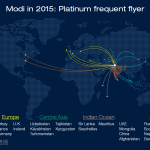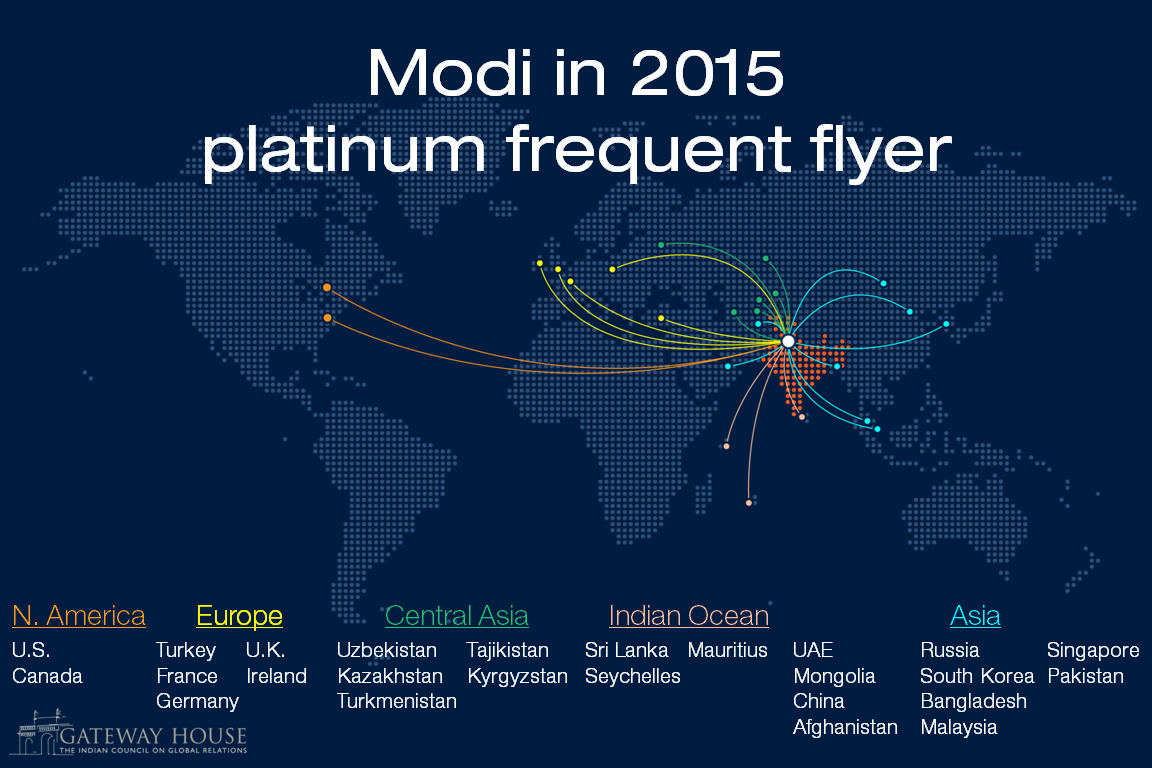
Prime Minister Narendra Modi has had an eventful year in 2015 as far as its foreign policy is concerned. He visited 26 countries in all with an unscheduled stopover in Pakistan on 25 December. It was Pakistan Prime Minister Nawaz Sharif’s birthday. Modi decided to halt in Lahore–when he left Kabul–for a short visit to Sharif’s house. The two flew together in Sharif’s helicopter to his residence from Lahore airport where rituals of Sharif’s grand-daughter’s weddings were ongoing.
The year began on a slow note with his first bilateral visit coming only in March. Since then, PM Modi has spent each month in at least two countries with an exception of June, August and September when he visited only Bangladesh, the UAE and the U.S., respectively. Apart from January and February, which saw a host on incomings–including the U.S. President Barack Obama, as the chief guest for the Republic Day parade–October was the only other month–due to the India-Africa Forum Summit–where Modi stayed in India for its entire duration.
March
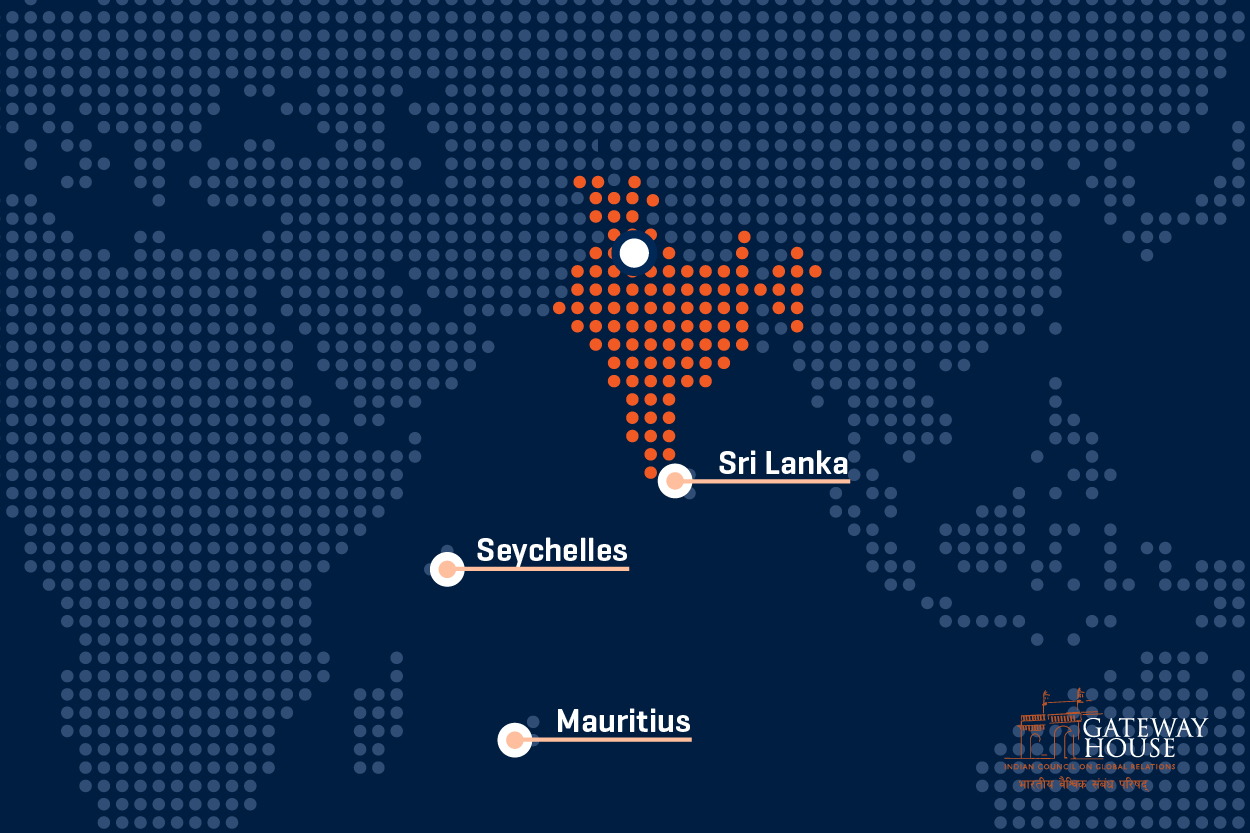
Seychelles
Narendra Modi became the first Indian prime minister to visit Seychelles since 1981. Given its strategic importance in the Indian Ocean and India’s role as the net security provider in these waters, Modi stressed on the importance of maritime security cooperation between India and the Indian Ocean countries. The two countries also expressed support for a more active and productive Indian Ocean Rim Association.
Mauritius
In Mauritius, Modi continued with his strategy to focus on the importance of cooperation among the Indian Ocean countries. India and Mauritius signed five agreements for cooperation in medicine, in agriculture, in ocean economy, a novel area of sustainable development in the Indian Ocean region, and for enhancing sea and air connectivity between the two countries.
Sri Lanka
Prime Minister Narendra Modi addressed the Sri Lankan parliament and appreciated the bilateral security cooperation between the two countries. Given the strategic importance of the island nation, and its proximity to China, Modi called for expanding maritime security cooperation between the two and in the Indian Ocean. India has committed to assist Sri Lankan railway sector with #318 million, in addition to the $1.6 billion it has already committed in development assistance.
April
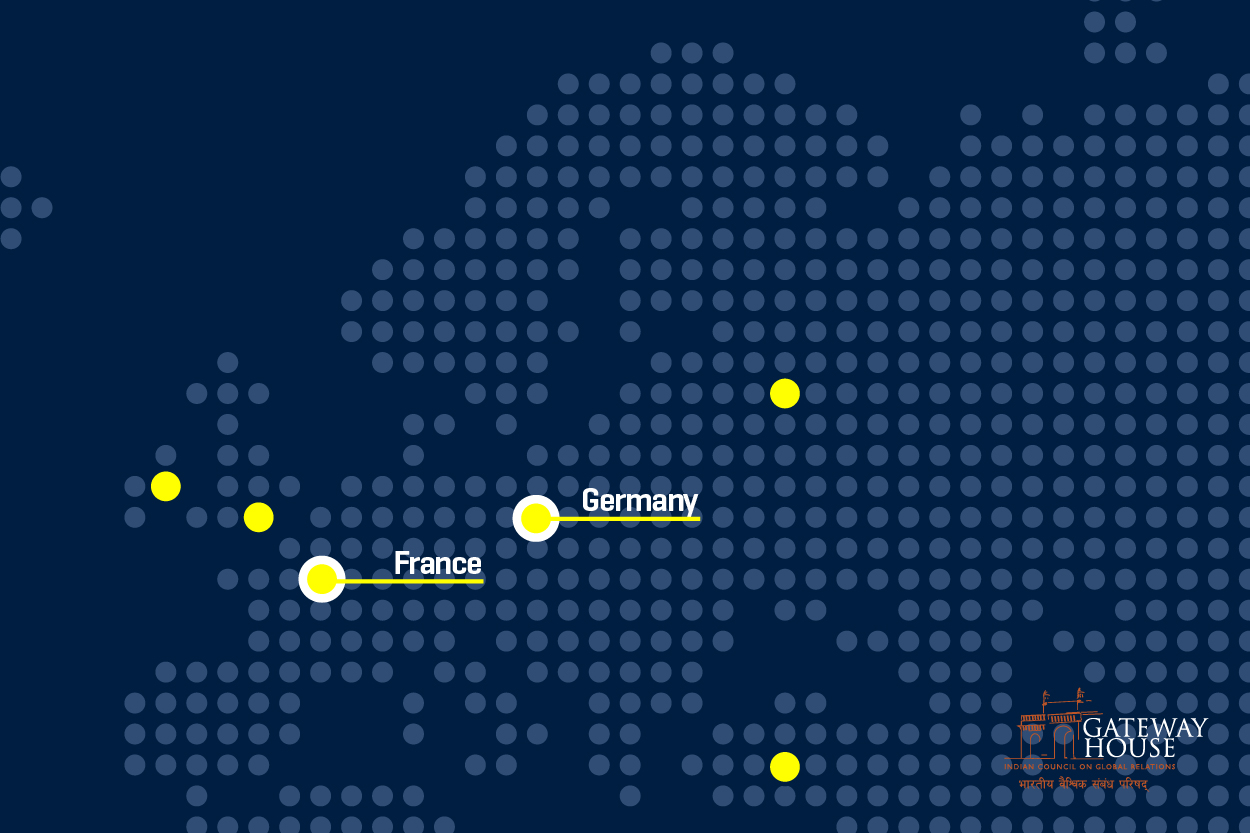
France
French president Francoise Hollande is visiting India as the chief guest for the 2016 Republic Day parade. The two countries advanced their relations in the past year with India awarding the Rafael fighter jet contracts to the country. The two also signed 20 agreements ranging from cooperation in areas such as defence and nuclear energy, space, economic relations, sports, energy, culture, heritage conservation, tourism, people-to-people contacts, skill development, science and technology.
This Rafael contract will help the Indian Air Force regain its depleting squadron strength. The two countries also called for the early conclusion of techno-commercial discussions between the Nuclear Power Corporation India Limited (NPCIL) and Areva, regarding the construction of six 1650 MW nuclear power plants at Jaitapur, Rajasthan.
Germany
After France, Prime Minister Narendra Modi flew to Germany and inaugurated the Hannover Messe – together with Chancellor Angela Merkel. The Messe is the world’s largest industrial trade fair.
German carmaker, Volkswagen, showcased its popular car Vento at the fair. The company said that it has started importing this car from its production lines in India to sell in other parts of the world, thereby, giving thrust to Modi’s Make in India initiative.
Following which, Modi stressed the significance of Germany in the ‘Make in India’ programme. The two countries agreed to advance collaboration in several areas including manufacturing, skill development, urban development and environment, railways and renewable energy.
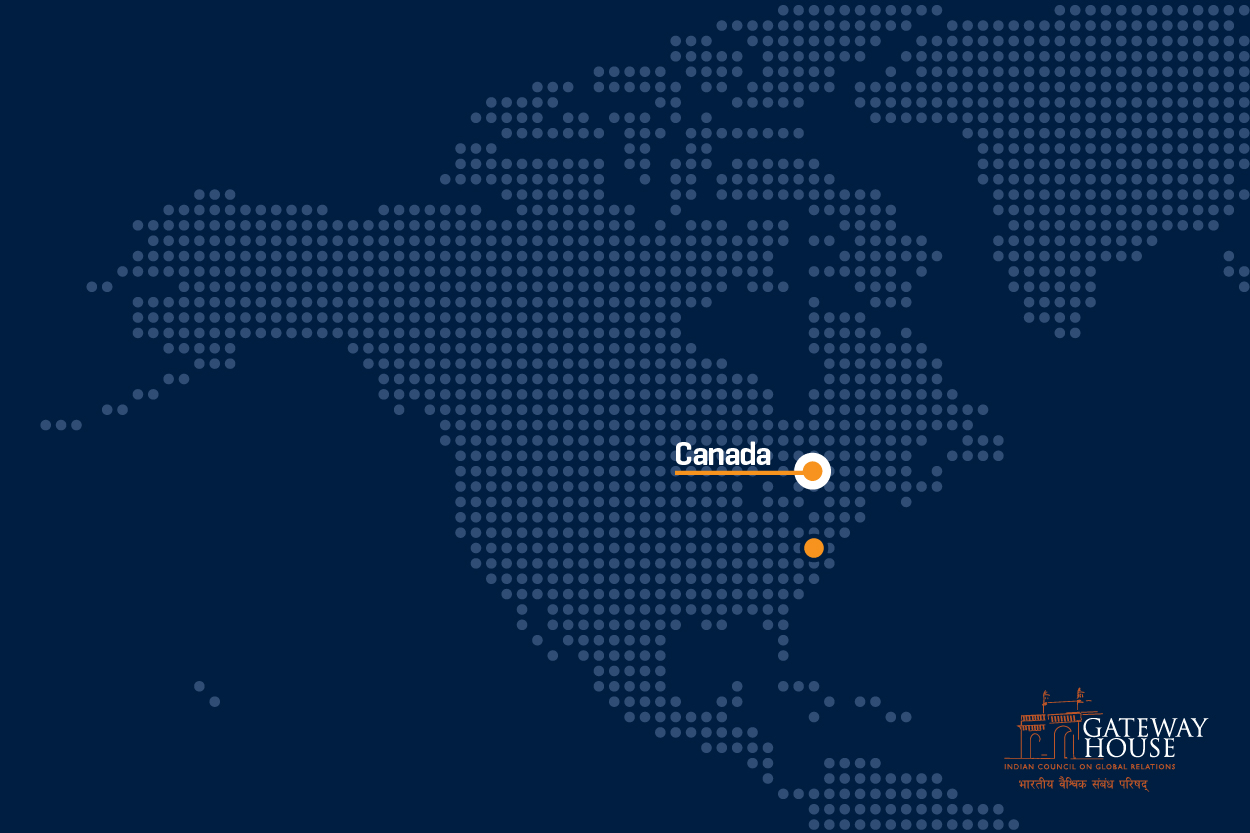
Canada
In an another first on his travels, Modi became the first Indian prime minister to visit Canada since 1973. The two countries announced a $350 million deal for Canada’s Cameco Corp. to supply 3,220 metric tonnes of power to India’s nuclear reactors over the next 5 years – an important step in ensuring the growth of India’s nuclear power sector.
May
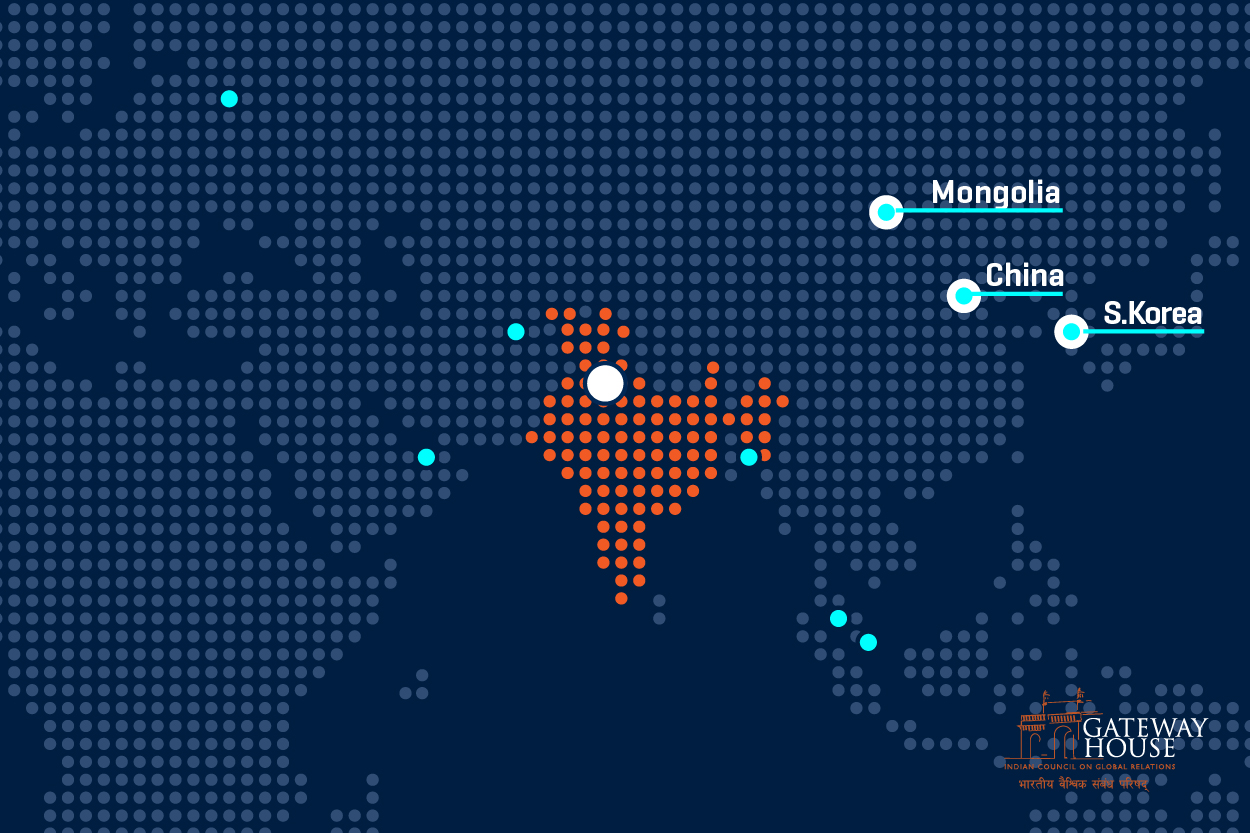
China
[Read: Modi in China – a growing partnership – a Gateway House repository]
After his visit to the U.S., Prime Minister Modi’s China visit held maximum importance in his geostrategic calculations. In Beijing, India and China signed 24 agreements covering issues such as skill development, trade, environmental concerns and tourism.
In Shanghai, Modi met with CEOs of top Chinese companies at the India-China Business Forum. Modi’s interaction with the internet and telecom companies in China such as Alibaba, Huawei and Xiaomi, indicates the critical role e-commerce is likely to play in the future of Indo-China relations.
The two countries signed deals worth $22 billion in renewable energy, power infrastructure, steel and small and medium industries. The deals are a reflection of the strong interest of Chinese companies to invest in India and contribute towards “Make in India” initiative.
The agreements signed by companies in both countries to set up facilities to manufacture solar photovoltaic (PV) cells in India are particularly significant as China is the leader in manufacturing solar PV cells, and India needs local manufacturing to meet the nation’s target of setting up solar power plants of 100,000 mw by 2022.
Mongolia
After China, PM Modi landed in Mongolia and became the first even Indian prime minister to do so. Mongolia can be an important partner to India given its vast and mostly unexploited Uranium resources. Also, being sandwiched between Russia and China, the country naturally gains a lot of geopolitical important to India. India and Mongolia signed 13 agreements to cooperate in several areas including cyber security, new and renewable energy technology and in border protection.
South Korea
India and South Korea signed 7 agreements in areas such as security, energy and infrastructure. South Korea expressed its intention to invest US $10 billion for developing smart cities, railways, power generation and transmission capacities etc. in India.
Modi visited Hyundai Heavy Industries (HHI), seeking to boost shipbuilding ties. Investments in LNG tankers are particularly significant for India’s pursuit of clean energy sources. India needs these tankers to scale-up imports of natural gas.
[Listen: Ambassador Neelam Deo reviews Modi’s Mongolia, China and South Korea]
[Also: Modi one-year review | Modi: India’s global salesman-in-chief]
June
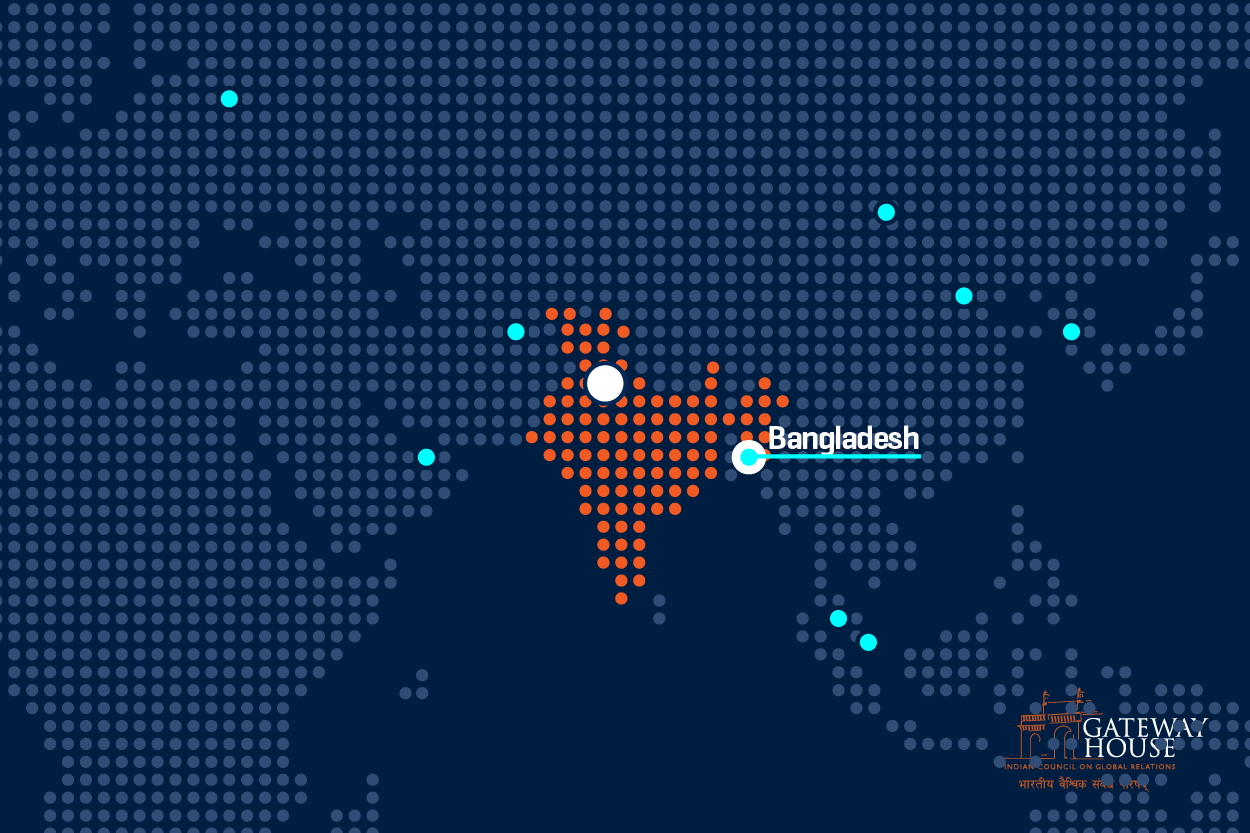
Bangladesh
India and Bangladesh signed 22 bilateral agreements during Modi’s visit to Dhaka. These include the 1974 Land Boundary Agreement and its 2011 protocol, regarding the signing of which Modi remarked ‘our two nations have a settled boundary.’
Other bilateral agreements seek to enhance trade, cultural and maritime cooperation.
July
Central Asia: Uzbekistan and Kazakhstan
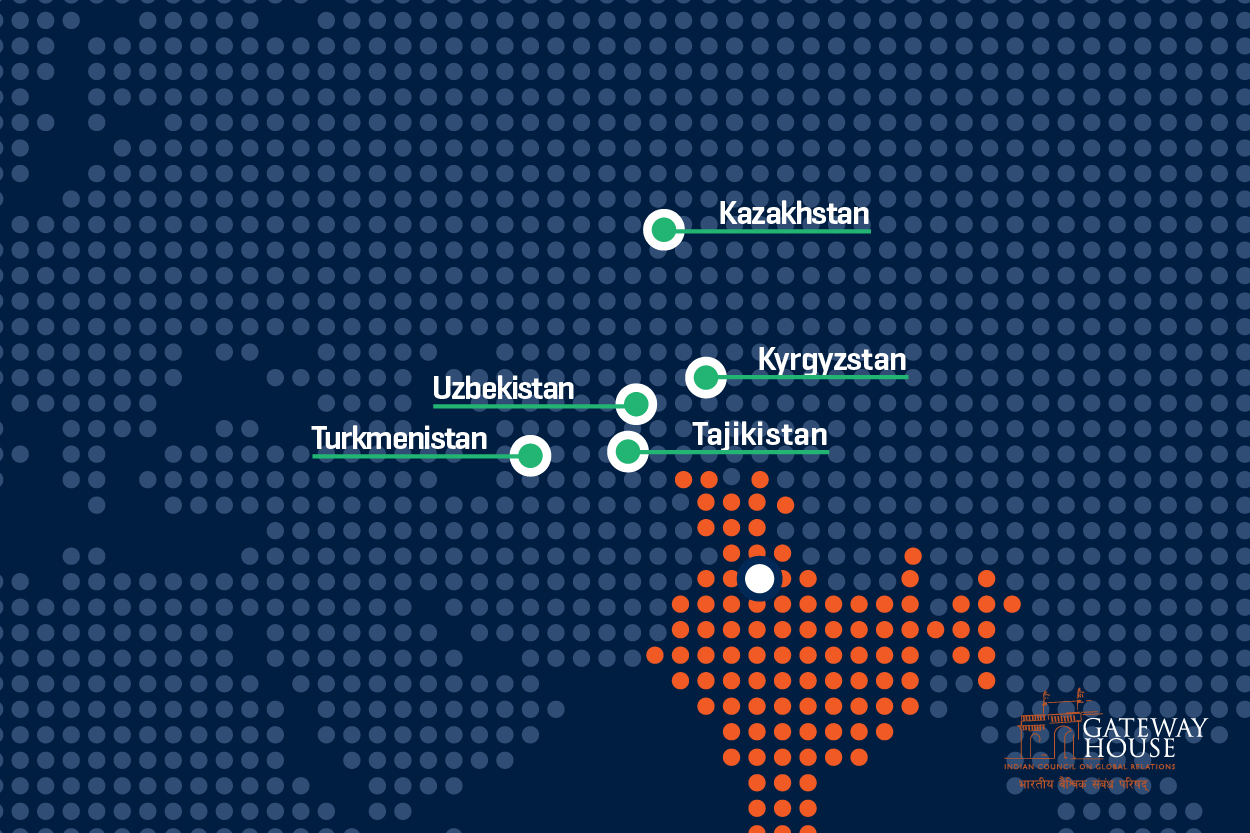
Prime Minister Modi began his long trip to Russia via Central Asia by visiting Uzbekistan in the first week of July. India and Uzbekistan signed three bilateral agreements during this visit. They agreed to strengthen cooperation in areas such as security, counter-terrorism, trade and investment, science and technology.
Modi continued his Central Asia tour by visiting Kazakhstan next. Here, he signed five agreements during, including one in defence and military technology cooperation, which sought to enhance defence cooperation including cooperation in the area of UN peacekeeping operations. As part of India’s focus on secure uranium supply for its nuclear reactors, the two signed a contract for long term supply of Uranium to India.
Russia
Prime Minister Narendra visit Russia to attend the BRICS Summit in Ufa from 8-10 July. China-led Shanghai Cooperation Organisation (SCO) included India as its member during this visit.
Another major highlight of the SCO meeting was PM Modi’s meeting with his Pakistani counterpart Nawaz Sharif. The two put forward five action points and agreed that the two countries would begin talks. Although, subject of the talks led to a massive war of words between the two countries and Sartaj Aziz, Pakistan’s foreign secretary cancelled his visit to India.
Central Asia: Turkmenistan, Kyrgyz Republic, Tajikistan
Post-Ufa, Prime Minister Modi travelled to Turkmenistan where he signed 7 bilateral agreements during his visit. The leaders examined issues pertaining to farming, energy, transport, science and cultural relations.
The Kyrgyz Republic was Modi’s next visit where he unveiled a statue of Mahatma Gandhi, along with the signing of 4 bilateral agreements between the two nations. Most notable among these was the signing of a MoU in cooperation in the field of elections.
The last visit that Narendra Modi took on his Central Asian Odyssey was to Tajikistan from 12-13 July. The leaders noted that the economic relations between the two nations has not been at its best, the signing of 2 bilateral agreements aimed at changing that relation.
August
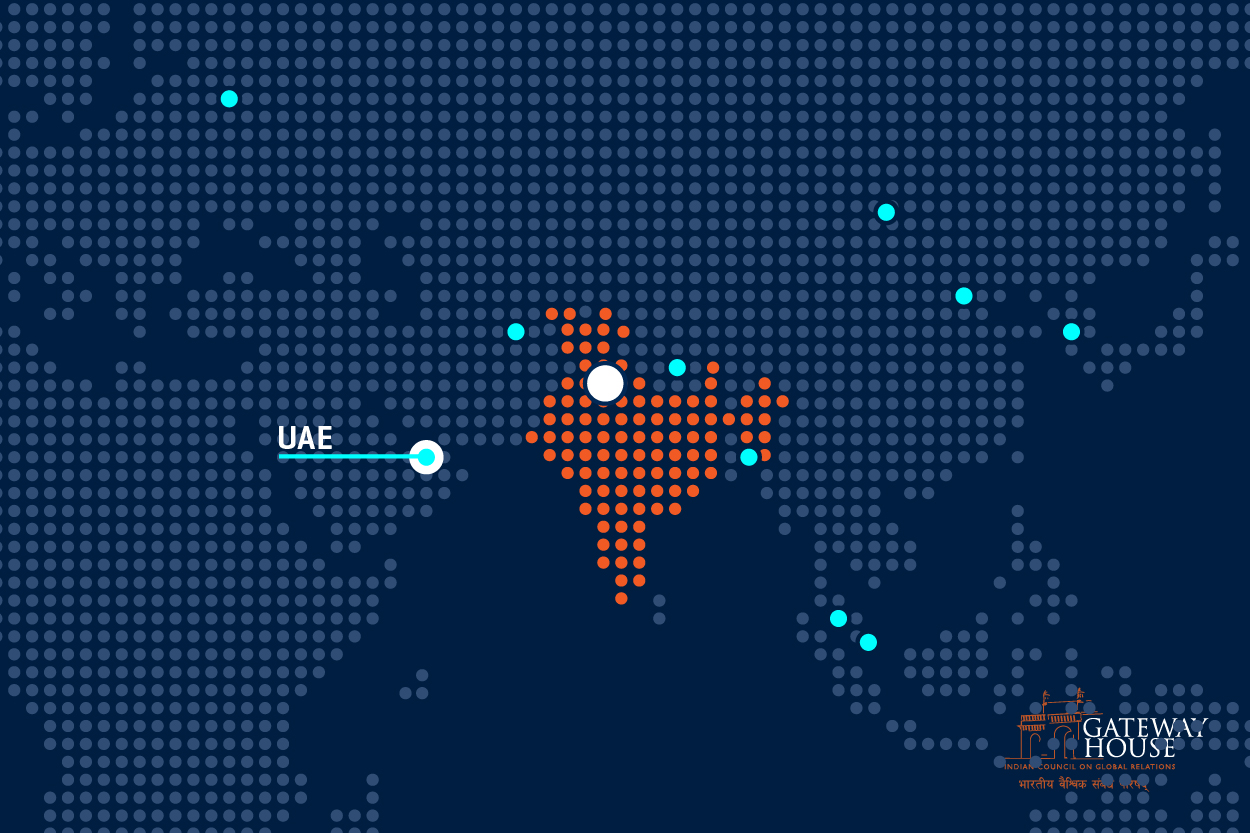
UAE
Fresh from his Independence Day address in New Delhi, Narendra Modi visited the United Arab Emirates, the home of 2.5 million Indian Diaspora on 16-17 August. Modi’s visit was the first visit by an Indian prime minister in 34 years. The visit was successful and productive, with the joint statement highlighting the various security and defence arrangement across a number of new avenues like cyber and maritime.
September
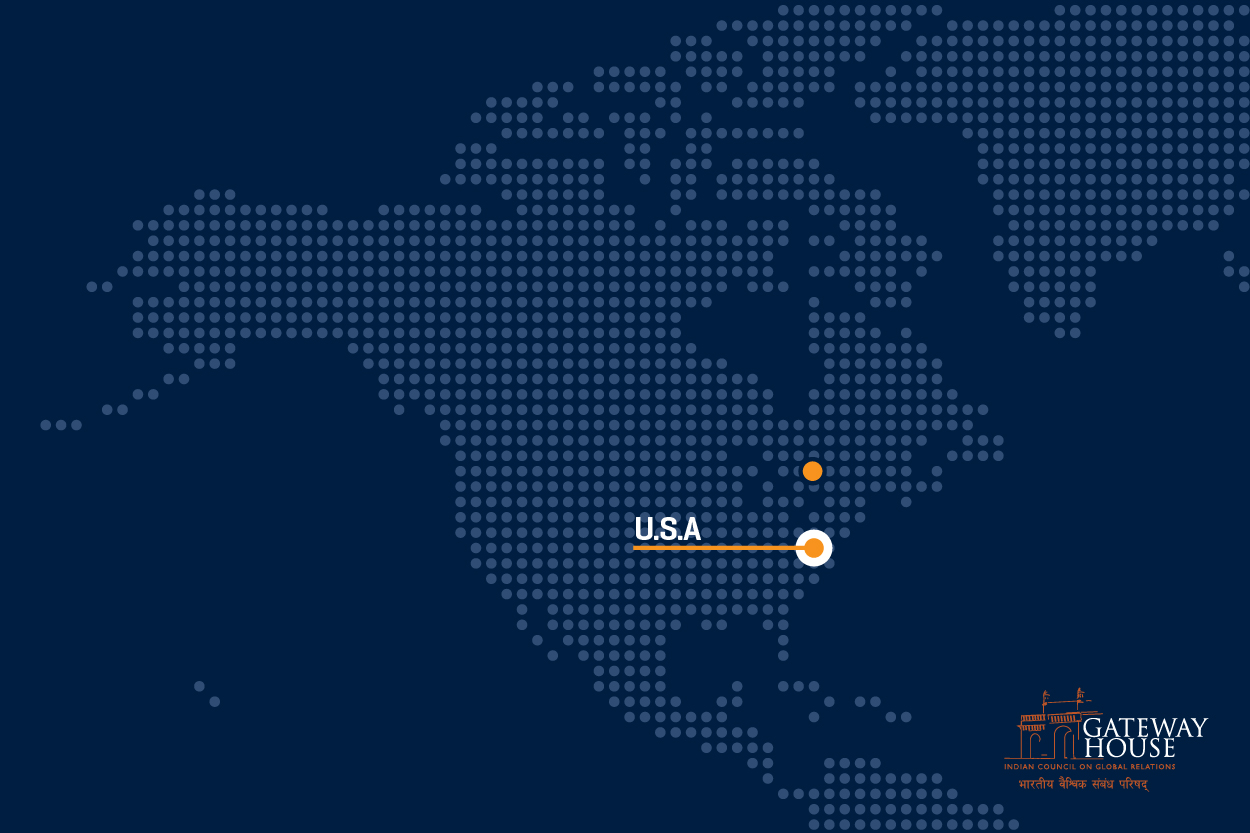
USA
Prime Minister Modi departed for the United States on 23 September, he would stop in Ireland for a day. His visit was the first by an Indian PM in more than 59 years.
[Read: Modi in Silicon Valley – a Gateway House repository]
Modi had a busy schedule during his trip to the United States; First, he addressed the UN Sustainable Development Summit, it was here that he outlined India’s ambitious INDC which would eventually be released on 2 October. Then he hosted his counterparts from the G-4 nations to discuss the expansion of the UN Security Council and declared their support for each other’s candidacy.
Prime Minister Modi left New York for San Jose on 27 September where he attended the Digital India Summit, where he was joined by the CEO’s of Google, Microsoft, CISCO and Adobe and addressed a room of other Silicon Valley executives. He highlighted the importance and value of the Internet in today’s day and age. His visit to Silicon Valley saw him meeting and visiting other notable tech companies like Apple, Tesla and Facebook, where he held an open Town Hall meeting. This was also where the idea of Digital India was launched to much approval.
November
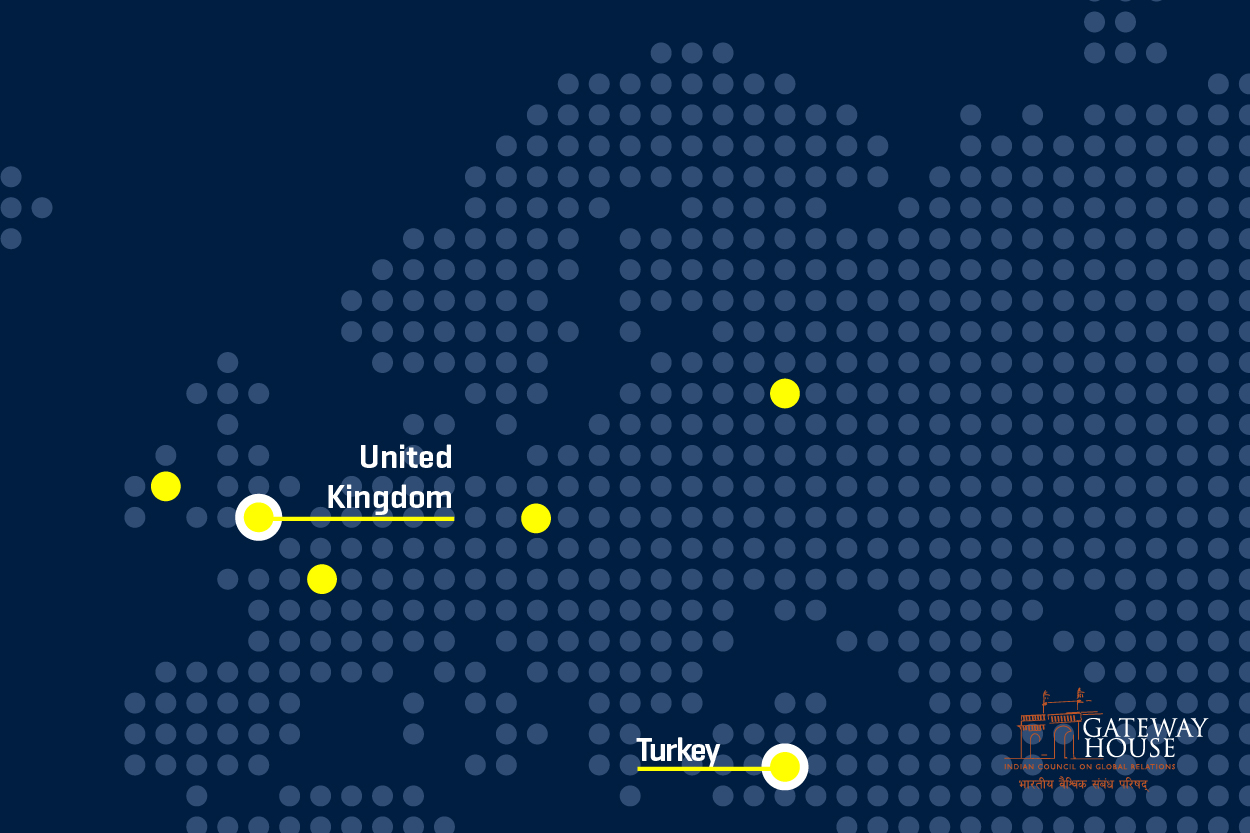
United Kingdom
Modi took the long way to the G20 Summit in Turkey by making a stop in the United Kingdom on from 12-14 November. The visit saw the announcement of more than 25 business agreements for both India and the United Kingdom, Prime Minister Modi extended an invitation for the UK to join the Solar Alliance and to improve the interest in Make in India.
Turkey
The G20 Summit in Antalya, Turkey was shaken considerably in the wake of the Paris Attacks which saw the death of more than 200 people, making security and terrorism a dominating aspect of the discussions. Narendra Modi attended the conference from 15-16 of November, during his addresses, he urged a focus on development and sustainable infrastructure. He also, most notably stressed on the need to delink terrorism from religion in order to better counter radicalism and address the pressing issues in West Asia.
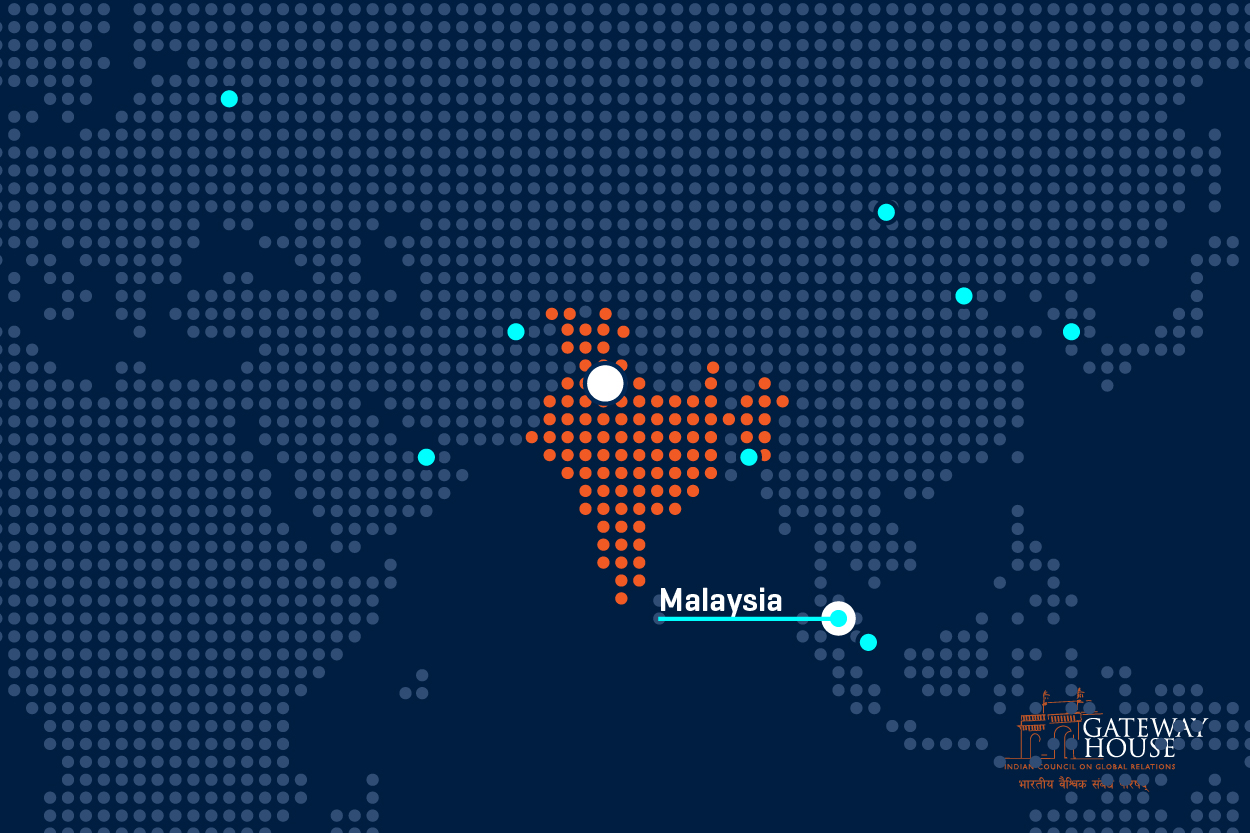
Malaysia
Prime Minister Modi visited Malaysia to attend the ASEAN-India summit, followed by a State visit, India is keen on the ratification of the ASEAN-India FTA by early 2016, as well as the possible creation of the Regional Comprehensive Economic Partnership (RCEP) around the same time.
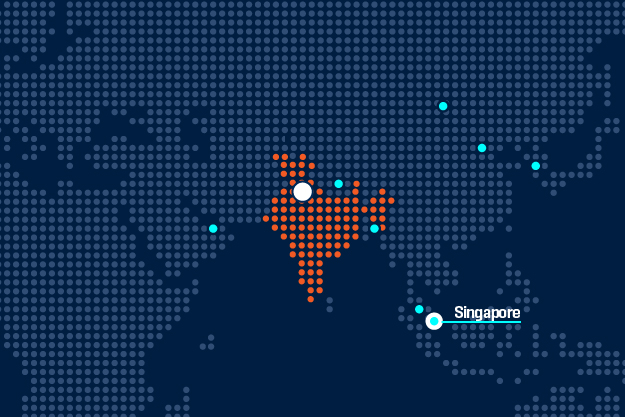
Singapore
Modi’s trip to Singapore from 23-24 November, was aimed to highlight the improved business opportunities that India presented for foreign investments and invited Singapore to invest in India. This was emphasised with the signing of five MoU’s which dealt with the fields of cyber security and urban planning. The Prime Minister also made the prestigious Singapore Address, where he discussed a number of economic, cultural and security matters.
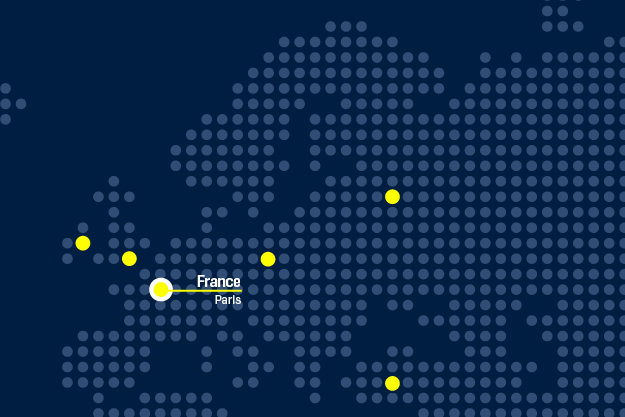
France
Prime Minister Modi travelled to Paris, France to participate in the inauguration of the United Nations COP21. The conference saw the launch of the Solar Alliance by Narendra Modi and French President Hollande, which aimed at pushing the use of renewable solar energy to across the world. India had set a high bar with it’s ambitious INDC’s, although the final agreement from COP21 lacked the same ambition.
[Read: COP21, Paris – a Gateway House repository]
December
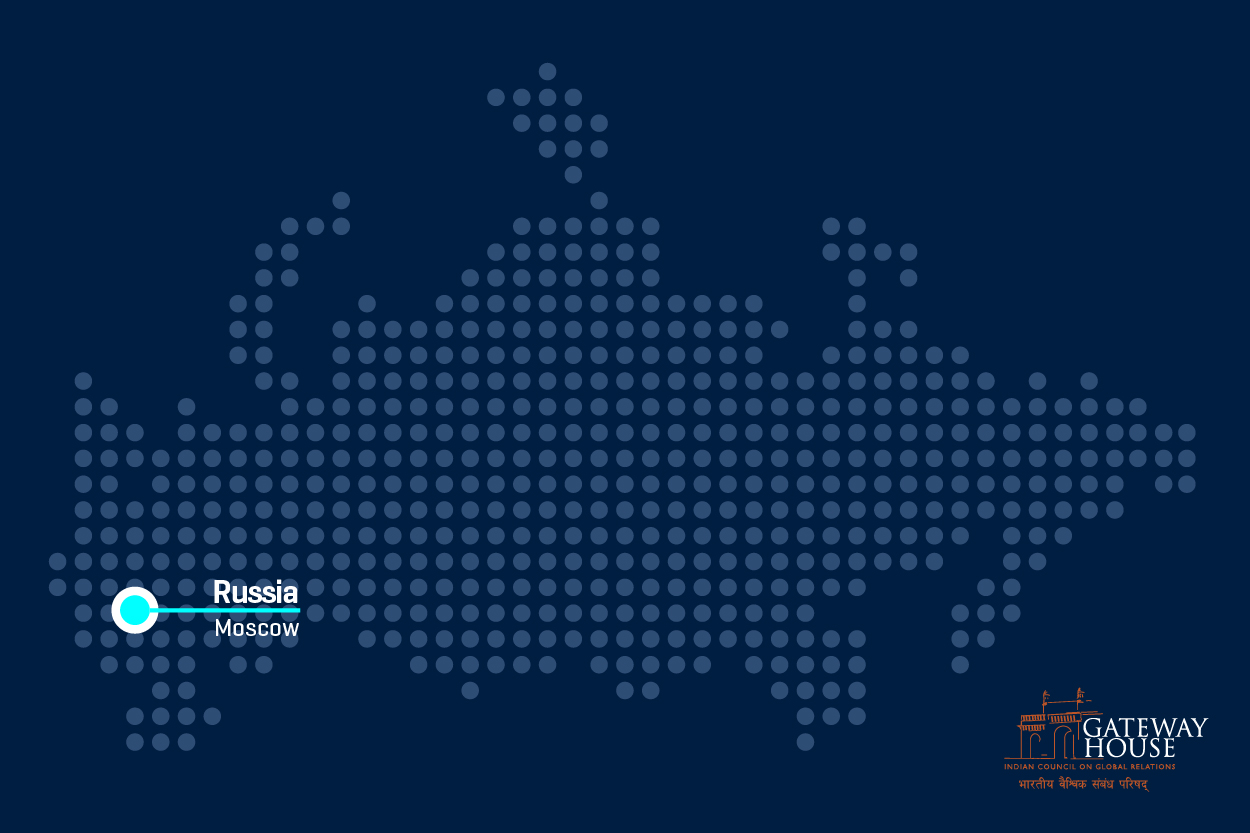
Russia
Prime Minister Modi is to visit Moscow for an Annual India-Russia Summit from 24-25 December, his visit is expected to discuss a nuclear supply deal, arms and aircrafts and terrorism.
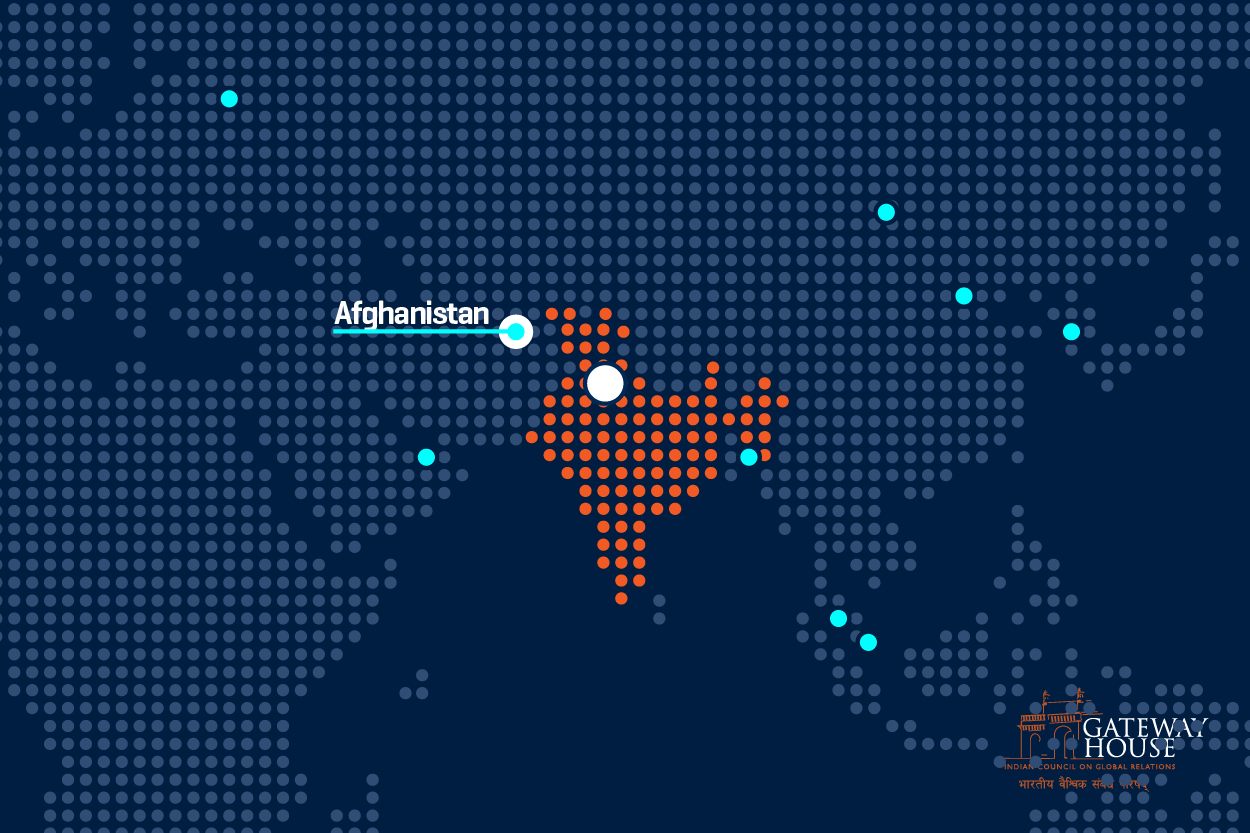
Afghanistan
PM Modi’s last visit in 2015 will be to Afghanistan where he will inaugurate the newly constructed Afghan parliament, which has been built by India.
Pakistan
Modi decided to make a surprise stopover in Lahore to meet Nawaz Sharif on 25 December. This meeting, clearly, sent everyone in a tizzy and is seen as a diplomatic coup by the two leaders. Talks between India and Pakistan have been marred by excessive media and critics’ glare. By keeping this meeting a secret and last minute, decision, the two leaders showed that they are serious about taking the talks forward.
Although, as expected, there was no joint statement after the meeting. Talks are ripe that a high level delegation from the two countries will now meet in mid-January 2016.
This meeting between Modi and Sharif was preceded by the ‘pull-aside’ during COP21, Paris. This meeting led to the national security advisors of the two countries meeting in Bangkok, followed by Foreign Minister Sushma Swaraj’s visit to Pakistan for the ‘Heart of Asia’ conference. She also met her counterpart Sartaj Aziz and called on Sharif as well.
Virpratap Vikram Singh is Website and Content Associate at Gateway House
Sridevi Nambiar is Website and Editorial Associate at Gateway House
This article was exclusively written for Gateway House: Indian Council on Global Relations. You can read more exclusive content here.
For interview requests with the author, or for permission to republish, please contact outreach@gatewayhouse.in.
© Copyright 2015 Gateway House: Indian Council on Global Relations. All rights reserved. Any unauthorized copying or reproduction is strictly prohibited


